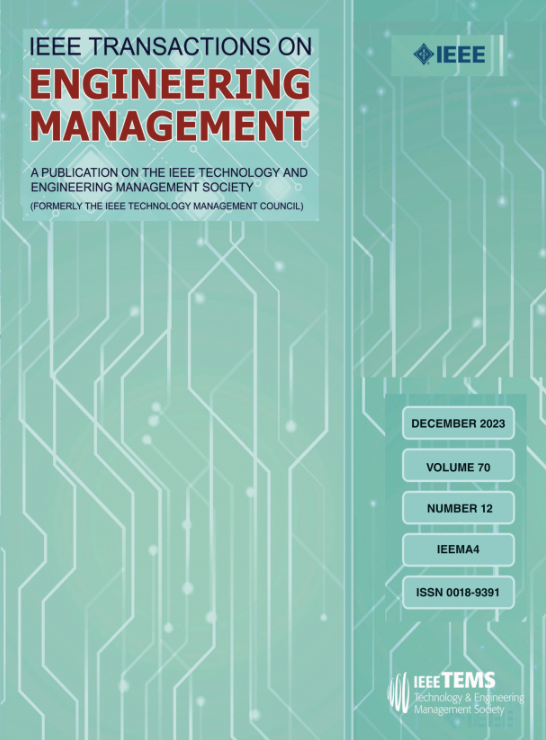Empowering Firms With AI-Generated Content: Strategic Approaches to R&D and Advertising in the Era of Generative AI
IF 4.6
3区 管理学
Q1 BUSINESS
引用次数: 0
Abstract
Commercial utilization of generative artificial intelligence (GAI) is expanding rapidly. However, few studies have investigated the transformative impact of GAI on business operations, with a specific focus on research and development (R&D) and advertising facilitated by AI-generated content (AIGC) empowerment; particularly, there is a lack of analysis on the impact of AIGC iteration on firms’ decision-making. The study uses the optimal control and learning-by-doing method to examine two types of AIGC strategies, the single AIGC (enhancing R&D exclusively) and the dual AIGC (simultaneously boosting R&D and advertising), to delve into their dynamic iteration effects on firms’ performance. Our findings reveal that, under the single AIGC strategy, focusing on investments in the AI training R&D sector alone can enhance the GAI smartness level more effectively than adopting the dual AIGC strategy. Conversely, under the dual AIGC strategy, firms initially tend to select GAI empowerment toward the downstream advertising sector more than the upstream R&D sector. Both strategies demonstrate enhanced profits and increased demand with higher rates of AIGC self-learning. Notably, considering the limited budget, firms prioritize allocating AI training resources to the R&D sector under the dual AIGC strategy, guaranteeing their long-term success.用人工智能生成的内容赋予企业权力:生成人工智能时代的研发和广告战略方法
生成式人工智能(GAI)的商业应用正在迅速扩大。然而,很少有研究调查人工智能对商业运营的变革性影响,特别关注人工智能生成内容(AIGC)授权促进的研发(R&D)和广告;特别是缺乏对AIGC迭代对企业决策影响的分析。本研究采用最优控制和边做边学的方法,考察了两种AIGC策略,即单一AIGC策略(只增加研发)和双重AIGC策略(同时增加研发和广告),探讨了它们对企业绩效的动态迭代效应。我们的研究结果表明,在单一AIGC战略下,专注于人工智能培训研发部门的投资比采用双重AIGC战略更有效地提高了人工智能智能水平。相反,在双重AIGC策略下,企业最初倾向于选择下游广告部门的GAI授权,而不是上游研发部门。这两种策略都表明,随着AIGC自学率的提高,利润和需求都有所增加。值得注意的是,考虑到有限的预算,在双AIGC战略下,企业优先将人工智能培训资源分配给研发部门,保证了他们的长期成功。
本文章由计算机程序翻译,如有差异,请以英文原文为准。
求助全文
约1分钟内获得全文
求助全文
来源期刊

IEEE Transactions on Engineering Management
管理科学-工程:工业
CiteScore
10.30
自引率
19.00%
发文量
604
审稿时长
5.3 months
期刊介绍:
Management of technical functions such as research, development, and engineering in industry, government, university, and other settings. Emphasis is on studies carried on within an organization to help in decision making or policy formation for RD&E.
 求助内容:
求助内容: 应助结果提醒方式:
应助结果提醒方式:


